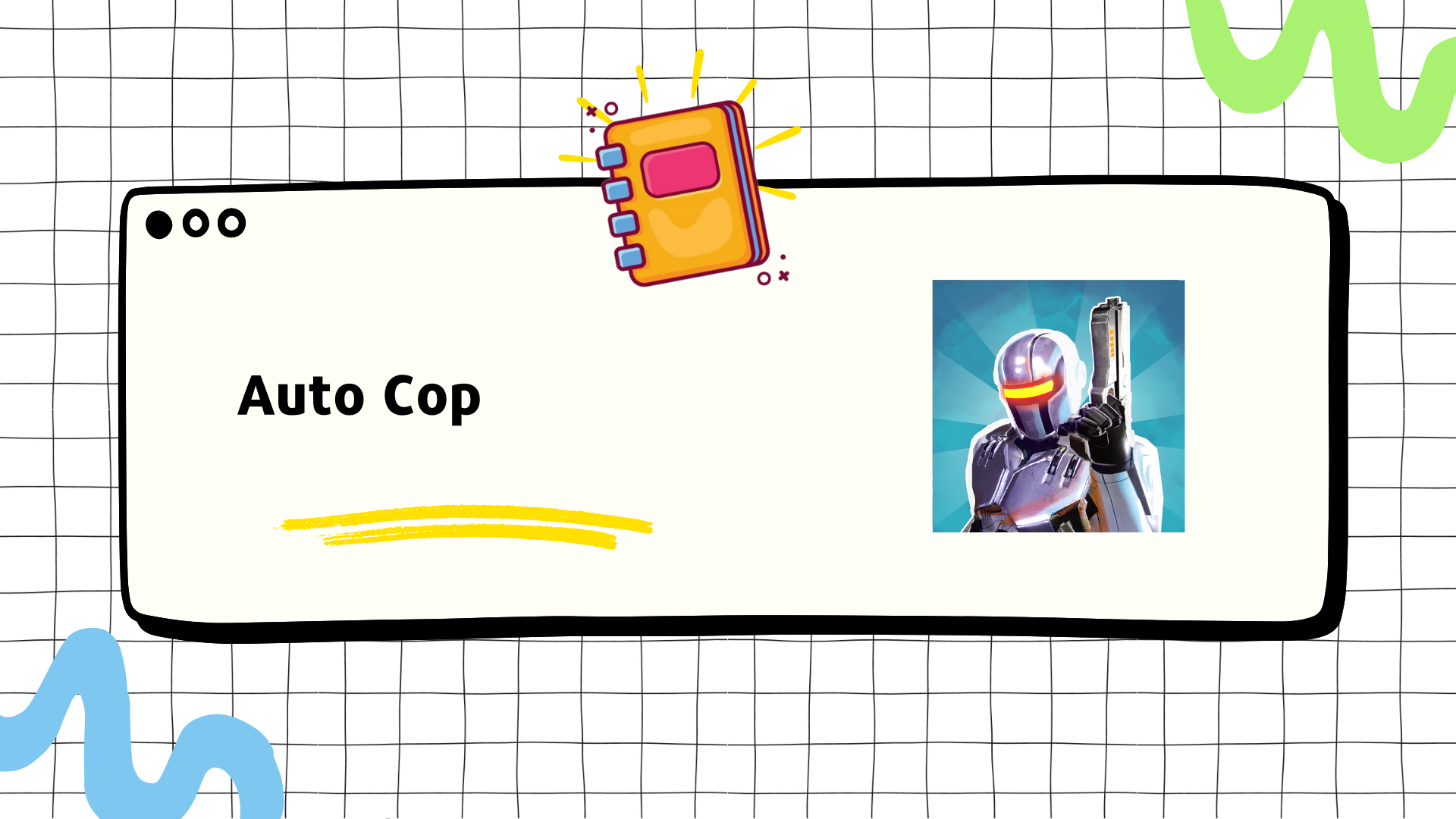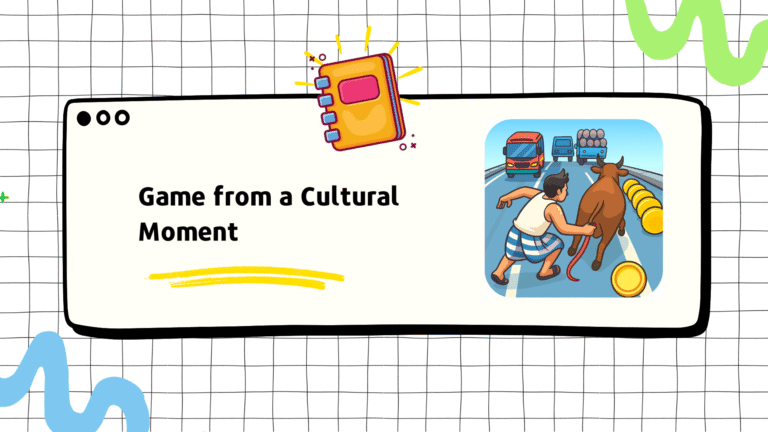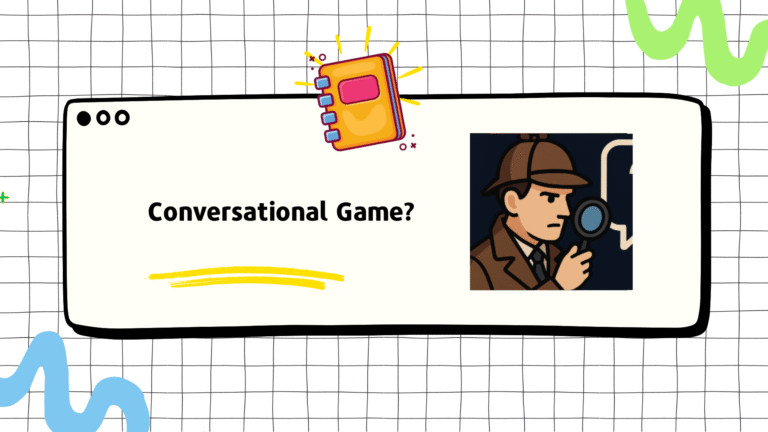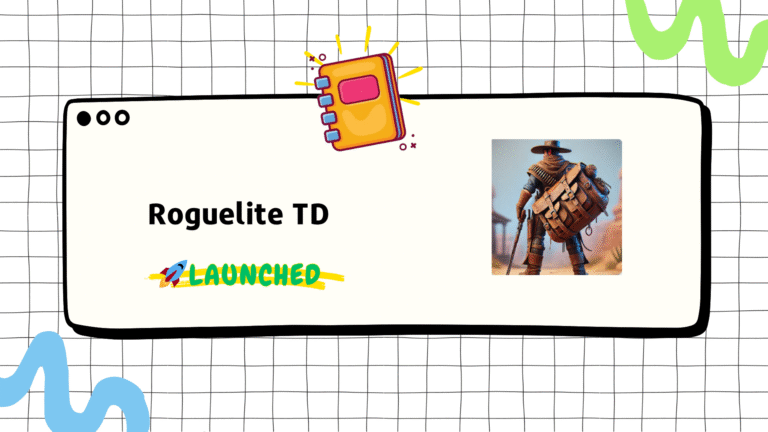Context
After I did some critical thinking on our last version. I discussed with our publisher and planned to revert all the roguelite elements. So this version will be our last before we decide to either push it forward to soft launch or drop it. The core idea here was to stick with the basics of a shooter game and do them well.
Hypothesis
We had a 2-week iteration time. So, it was important to build something that we could control in scope while doing the basics well
New plan
- Game Feel: Core focuses on shooting output to improve how enemies’ body hit points react, and how they fall on death. Overall feedback to improve the feel
- Upgrades: The Overheating mechanic was good. But I decided to revert to a normal gun with a reload option. I was hesitant to change it, but going with our hypothesis, it was easier to understand in the first play, and the upgrades were traditional. Adding gun variations by changing the stats was easy to do
- Remove Roguelit: Completely remove roguelite and skill selection
- Simple Progression: The progression was simple, level by level.
Process / Experiments
I started with a simple and straightforward menu screen.

I improved the physics so that the body parts react to shoot and then drop with a thump. My fellow programmer fixed the other changes and then we had a version that looked and felt more like a traditional shooter game in terms of progression and meta play

Observations & Outcomes
After the test, we observed a CPI of $0.41 (previously $0.37). It showed a rising trend, which was not good
The gameplay numbers improved. The cumulative D3 playtime jumped from 953s to 1763s. The D1 retention was 29% (previously 30%). But the CD3 showed the game was 2x more engaging than before
TAKEAWAY & NEXT STEPS
The big takeaway here is that in established genres like cover shooters, players don’t come for long-term strategy or complex decision-making. They come for the core experience: the raw satisfaction of destruction and the upgrades that make it feel even better.
Our mistake in the previous version was forcing a mechanic that didn’t belong. Randomly mixing genres rarely works unless the mechanics naturally reinforce the core. In this version, by focusing on the basics i.e., gun feel, enemy reactions, and simple progression, we saw a clear jump in engagement, even though retention didn’t improve much.
The next step was obvious: keep refining the core, double down on what makes shooting fun, and avoid layering in mechanics that only distract from it.
We did another 2-week iteration, only adding content and refining the core. We saw an increase in CPI, from ($0.41 to $0.53. We tried refreshing creatives, but the rise in CPI was a clear trend. The D1 retention did increase to 31% from 29% in the last version.
At this point, we had spent around 15 weeks on it. The CPI was overshooting the required number. Although engagement improved, it was not enough. The publisher asked us to drop the game and focus on something new.
Taking all the learnings from Auto Cop, we started fresh with another cover shooter prototype—Mafia Marksman.





